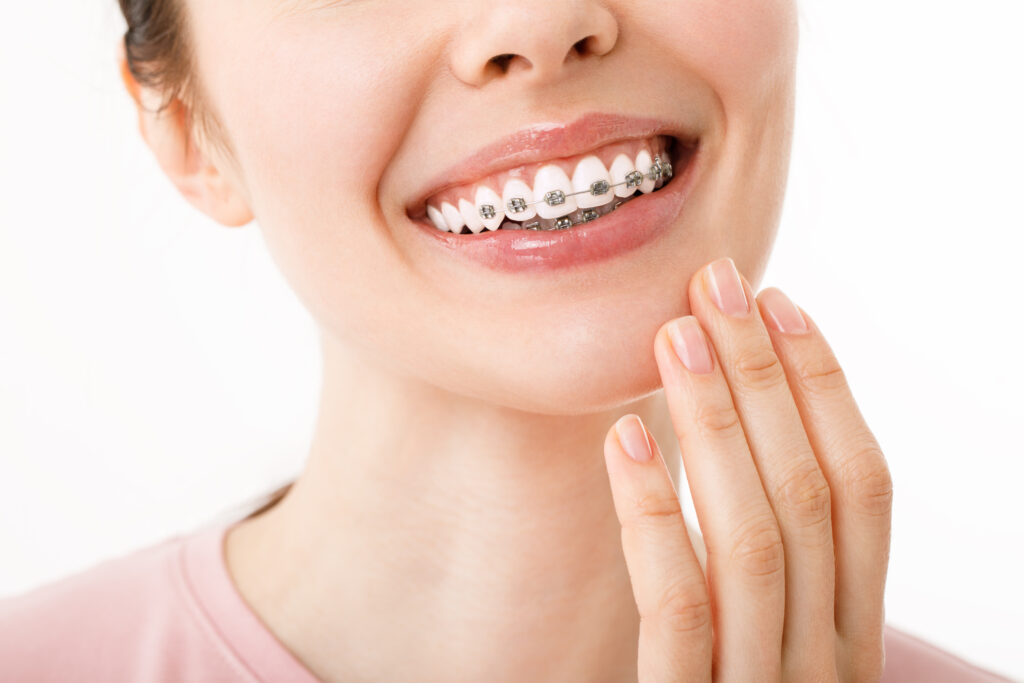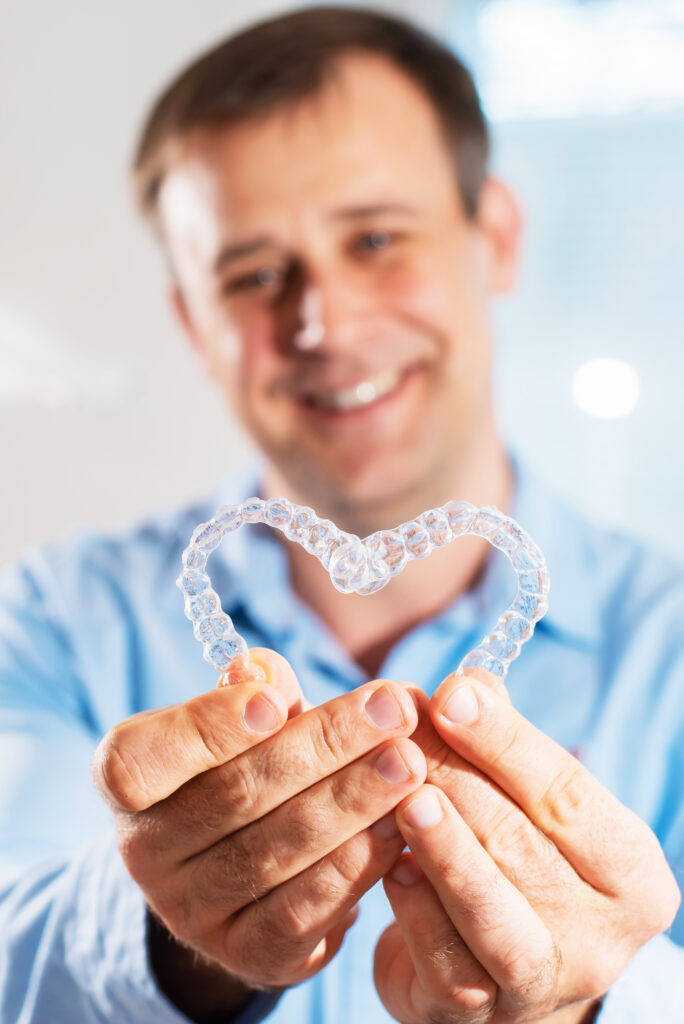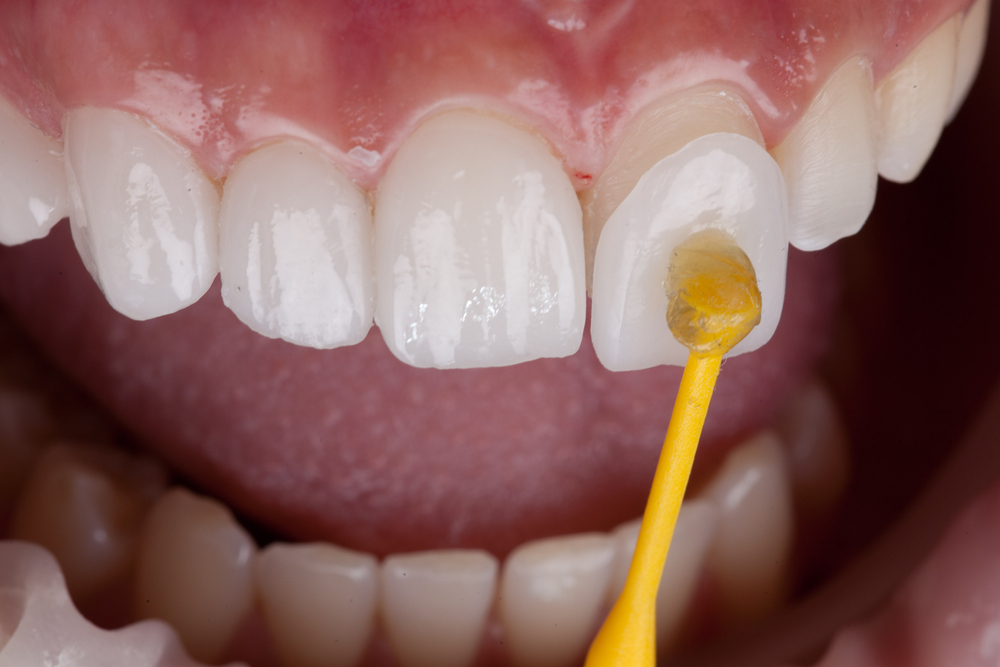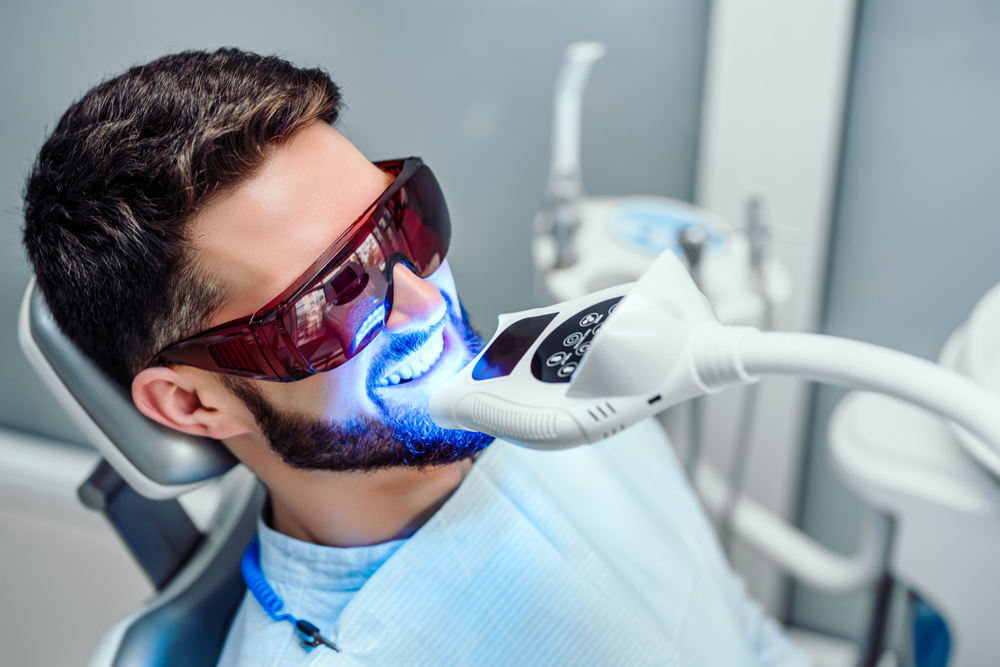Over the past decade, the way we care for and enhance our smiles has transformed remarkably. Once, cosmetic dentistry might have been seen as a luxury or a vanity, but today, it’s a regular part of many people’s self-care routines. Why? Because everyone deserves a smile they’re proud of. And with advances in dental technology, achieving that dream smile has become more accessible and convenient than ever. One name that often pops up when discussing these advancements? Invisalign. A modern, sleek, and highly effective solution, Invisalign promises a teeth-straightening experience that’s leagues apart from the methods of the past.
What is Invisalign?

Alright, so let’s break this down. Think back to a time when, if someone wanted to straighten their teeth, the immediate image that came to mind was a mouth full of metal – those traditional braces. They worked, sure, but they were also clunky, obvious, and sometimes uncomfortable.
Now, enter Invisalign. Making its grand entrance in the late 1990s, this system introduced a whole new way of thinking about braces. Instead of metal, Invisalign uses clear plastic aligners. Imagine a super thin, see-through mouthguard designed just for you, which fits over your teeth perfectly.
The real beauty of Invisalign lies in its discretion. With these aligners on, it’s almost like you’re not wearing braces at all! That’s right, they’re that clear. So, for adults and teens who wanted straighter teeth but weren’t thrilled about broadcasting it to the world with a mouthful of metal, Invisalign quickly became the go-to choice. It was, and still is, all about combining effectiveness with elegance.
How Does Invisalign Work?
You might be thinking, “Transparent plastic trays are going to straighten my teeth? How?” That’s a valid question, and the process is genuinely fascinating. Here’s the step-by-step lowdown:
- Consultation: Think of this as the “getting to know you” phase for your teeth. You’ll pop into a dental office where an expert will have a good look at your teeth. Using some cool tech, they’ll map out where your teeth are now and where they need to be. Then, they’ll craft a plan tailored just for you. It’s like plotting a road trip, but for your teeth!
- Aligners: Once your roadmap is ready, the next step is creating your aligners. They’re custom-made, which means each set is designed especially for your teeth’s unique shape. And here’s the commitment part: you need to wear them for about 20-22 hours a day. Think of them as your teeth’s new best friends.
- Progress: Every couple of weeks, you’ll switch to a new set of aligners. Each set is slightly different from the last, guiding your teeth closer and closer to their final destination. And the best part? With regular check-ins with your dentist, you’ll get to witness the exciting journey your teeth are on, moving steadily towards that dream alignment.
Benefits of Choosing Invisalign
Okay, so by now you know a bit about how Invisalign works, but why are so many people choosing it? Let’s spill the beans:
- Aesthetics: In a world where first impressions matter, having a medical device be near invisible is a big plus. With Invisalign, you’re not just getting effective teeth straightening; you’re getting it without anyone even noticing! No metallic shine, just your natural smile shining through.
- Comfort: Remember those tales of metal braces causing sore spots or discomfort? Well, with Invisalign, those are stories of the past. These aligners are smooth with no sharp edges, meaning your cheeks and tongue get a break.
- Flexibility: Life is unpredictable. Sometimes, you have a special occasion, an important presentation, or even just a yummy, sticky snack you want to munch on. With Invisalign, you’ve got the freedom to remove your aligners for a short while. Eat, brush, and then pop them back in. It’s convenience at its best!
Potential Limitations of Invisalign
While Invisalign is undoubtedly an incredible innovation in the world of dentistry, it’s essential to remember that it’s not a one-size-fits-all solution. Here are some things to keep in mind:
- Dental Complexities: There are certain dental challenges, especially very complex bite issues or rotations, where Invisalign might not be the first choice. Traditional braces, with their sturdy structure, sometimes have the upper hand when it comes to these tricky scenarios.
- Discipline Required: Sure, the freedom to pop your aligners out for a meal or a quick photo is awesome. But that freedom comes with responsibility. They only work if you wear them! So, you need to be disciplined enough to ensure you’re wearing your aligners for the recommended time each day. It’s a commitment, but one that pays off.
Comparing Invisalign with Traditional Braces

Alright, so how does Invisalign stack up when we put it side by side with the classic metal braces we all know (and some of us remember all too well)?
- Aesthetics: It’s a clear victory for Invisalign here (pun intended). With its transparent aligners, you get to straighten your teeth incognito. Traditional braces, with their noticeable metal and sometimes colorful bands, can’t compete in the discretion department.
- Comfort: Metal braces, with their wires and brackets, can sometimes be a bit of a bother. There’s potential for mouth sores or discomfort, especially right after adjustments. Invisalign, with its smooth design, is like a gentle hug for your teeth, making the journey more comfortable.
- Treatment Time: The time it takes to straighten teeth can vary from person to person. Some find that Invisalign works faster for their specific needs, while others might need a bit more time. Traditional braces also vary in treatment duration. However, it’s worth noting that Invisalign offers a certain flexibility that traditional braces don’t, like being able to see progress more clearly.
- Costs: This is where things get interesting. Invisalign might come with a heftier price tag upfront, but when you consider the benefits – the aesthetics, the comfort, the flexibility – many find that it’s a worthy investment in their confidence and overall oral health. Plus, there are often financing options available to make the process more manageable.
The Ideal Candidate for Invisalign
Invisalign sounds fantastic, doesn’t it? And while it’s true that a wide range of people can benefit from it, there are certain factors that dentists consider to ensure you get the best results possible. Let’s dive into what makes someone an ideal candidate:
- Age Group: While Invisalign can be used by various age groups, it’s particularly popular among adults and teens. Why? Adults love the discretion it offers, especially those in professional settings or social circles where they’d prefer a less noticeable treatment. For teens, the appeal often lies in the confidence boost of straightening their teeth without the “metal mouth” look.
- Dental Assessment: Before you jump on the Invisalign train, there’s an assessment phase. A dental expert will evaluate your teeth’s current position, the complexity of the issue you want to address, and your overall oral health. This ensures that Invisalign is the right fit for your specific needs.
The Cost of Invisalign

Alright, let’s talk numbers. Investing in your smile is priceless, but there’s still a price tag attached to Invisalign, right? Here’s what you might expect:
- Factors Influencing Cost: The total cost can vary. It might depend on where you live (dental treatments in big cities can sometimes be pricier), the complexity of your treatment (a simple gap might cost less to fix than a more complex bite issue), and the duration of the treatment.
- Insurance Coverage: Good news! With the rising popularity and proven effectiveness of Invisalign, many dental insurance plans have started to cover at least a part of the treatment cost. So, it’s always a good idea to chat with your insurance provider and see what they can do for you.
- Financing Options: Understandably, not everyone can pay the full amount upfront. That’s why many dental practices, including the ones offering Invisalign, have financing options available. This means you can spread out the cost over a period of time, making the investment in your dream smile more manageable.
In essence, while Invisalign might have a cost associated with it, the benefits, both in terms of aesthetics and oral health, often make it a worthy consideration for many. And with insurance and financing in the mix, achieving that picture-perfect smile might be closer than you think!
Life with Invisalign

Living with Invisalign isn’t much of a hustle, honestly. It smoothly integrates into your daily routine, and before you know it, it becomes second nature. Here’s a glimpse into what daily life with these clear wonders looks like:
- Daily Maintenance: Just like you brush your teeth every day, your aligners need a little love too. Rinse them off, give them a gentle brushing to keep them fresh and clear, and you’re good to go! And hey, remember to always rinse or brush after eating or drinking something (apart from water) before popping them back in.
- Wearing Them Right: These aren’t just accessories; they have a job to do! So, make sure you’re wearing them for the recommended 20-22 hours daily. The more committed you are, the faster and more effective your treatment will be.
- Regular Dental Visits: Just like any other dental treatment, you’ll need to see your dentist regularly. These visits are to check how well your teeth are moving and to provide you with the next set of aligners in your series. Think of it as moving up levels in a game where the prize is your dream smile!
Taking the Next Step: Consultation
Still on the fence about Invisalign? It’s completely okay to have questions or need some expert guidance. That’s what consultations are for!
At Smile Science Dental Spa in Glendale, AZ, you’re not just getting advice from any dentists. You have Dr. Richard Dawson and Dr. John Turke ready to assist you. Both are general dentists, which means they have a broad understanding of various dental issues, not just cosmetic ones. They offer a myriad of treatment options and can guide you on the best path to achieving the oral health and aesthetics you desire.
So, if you’re pondering about those clear aligners and how they might fit into your life, why not drop by for a chat? Your journey to a brighter, straighter smile could be just a consultation away!






